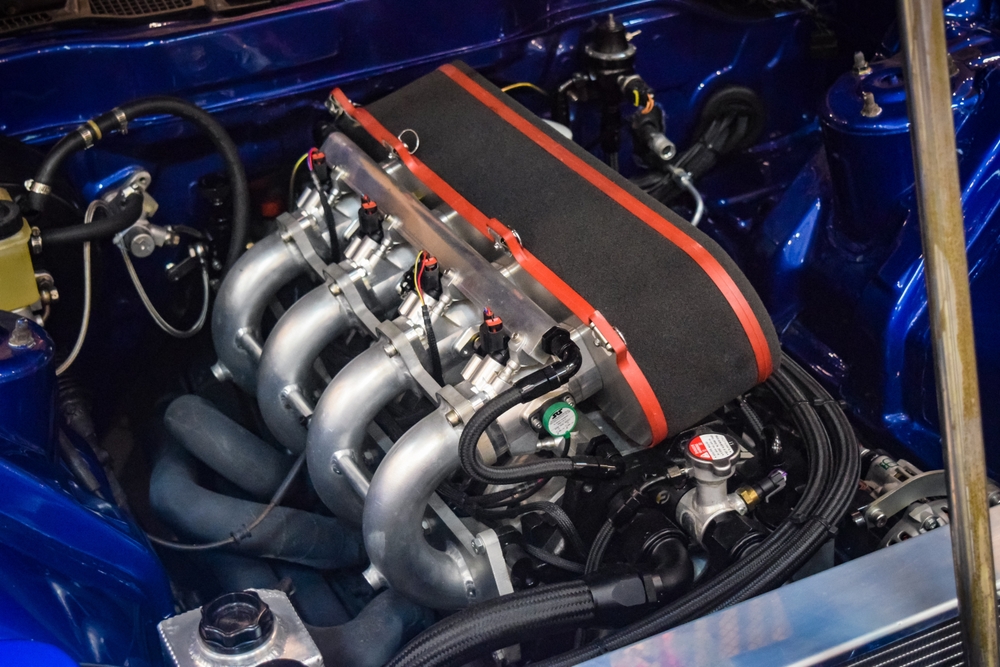Rediscovering the Art of the Rotary Engine: An Untold Story
The automotive world is a fascinating blend of engineering and artistry. While certain technologies take center stage, others exist in the background, silently contributing to the industry's evolution. One such unsung hero is the rotary engine, a unique powerplant that's both celebrated and misunderstood.

The Birth and Evolution of the Rotary Engine
The rotary engine was born from the genius of Felix Wankel, a German engineer, in the 1950s. Unlike traditional piston engines, which utilize reciprocating motion, the rotary engine uses an eccentric rotary design to convert pressure into rotating motion. This concept led to the creation of a compact, efficient, and smooth-running engine.
Despite these advantages, the rotary engine had its share of difficulties. It faced issues with fuel efficiency and emissions, but perhaps its most significant setback was the wear and tear on its apex seals, which led to decreased engine life. The 1973 oil crisis further pushed rotary engines into obscurity, as conventional piston engines offered better fuel economy.
Rotary Engines in the Modern Automotive Landscape
Fast-forward to the present day, and the rotary engine remains a niche technology. Still, it hasn’t been entirely forgotten. Mazda, for example, has been a long-time advocate of the rotary engine, using it in their iconic RX-series sports cars. Despite the challenges, Mazda continues to explore the rotary engine’s potential, highlighting its unique benefits such as compact size, high power-to-weight ratio, and smooth power delivery.
The Impact of Rotary Engines: Benefits and Challenges
The rotary engine’s unique design offers several advantages. Its compact size and low weight make it an excellent choice for sports cars and lightweight vehicles. Moreover, its smooth operation provides a distinct driving experience.
However, the drawbacks are significant. Fuel efficiency and emission standards are two significant hurdles. The rotary engine’s design also leads to increased wear and tear, particularly on the apex seals, resulting in a shorter engine life compared to piston engines.
The Future of Rotary Engines
Despite these challenges, there is still a glimmer of hope for the rotary engine. Mazda has announced its intention to use a rotary engine as a range extender in their future electric vehicles. This application capitalizes on the engine’s compact size and smooth operation, providing a unique solution to the range anxiety associated with electric vehicles.
In Conclusion
The story of the rotary engine serves as a reminder that innovation often comes with challenges. While the rotary engine may not have achieved mainstream success, its unique design and capabilities continue to inspire and intrigue automotive enthusiasts. In an industry that constantly pushes the boundaries of technology and design, who knows? The rotary engine may yet have a role to play in the future of the automotive world.





